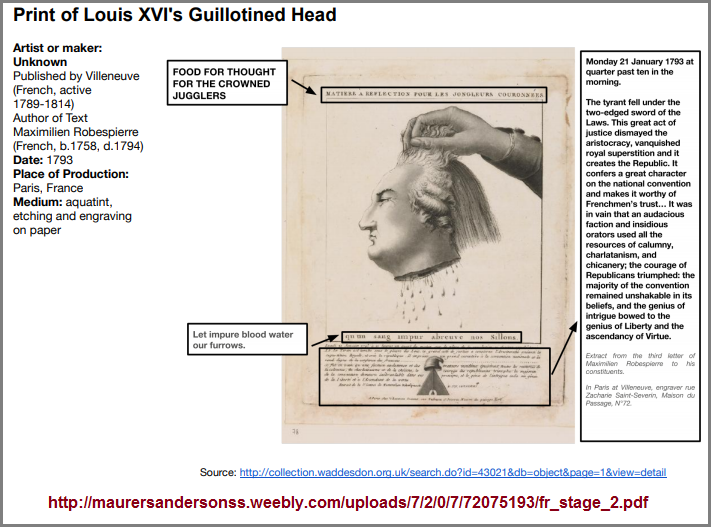~ 18 ~
~ The Study of Threes ~
http://threesology.org
Researchers as of 8/29/2019
| Devil's Advocate Series: | ||||||||
|---|---|---|---|---|---|---|---|---|
| 1 | 2 | 3 | 4 | 5 | 6 | 7 | 8 | 9 |
| 10 | 11 | 12 | 13 | 14A 14B |
15 | 16 | 17 | 18 |
| 19 | 20 | 21 | 22A 22B |
23 | 24 | 25 | 26 | 27 |
| 28 | 29 | 30 A | 30 B | 31 | 32 | 33a | 33b | 33c |
| 34 | 35 | 36 | 37 | 38 | 39 | 40 | 41 A | 41 B |
Time and again I have shown at this site that the previous (and present) interpretations of the "three" value, symbol, phenomena, etc... can be migrated into realms of consideration which exceed the commonality of thought associated with what is commonly thought of as being some derivation of numerology. Yet numbers alone are not the only means of identifying someone or thing (plants and other life forms as well as typically identified non-life forms such as rock formations, clouds... though, metaphysically speaking, "life" can be defined in non-biological senses as well). A person does not need to use one or more specific numbers to have a mind which engages in numerological types of thinking, of which game boards such as chess, checkers, etc., all exhibit tell-tale signs of engaging in numerological contortions of the mind. Words often either directly express a quantity or are spoken of in a quantitative manner. Everywhere about us is an expression of number... if we care to indulge in such a pastime of perspective.
If not number, then geometric forms, or colors, or sounds, or some assumed ambience which wafts about different contexts. Still others may see various relationships amongst life and non-life forms... such as the relationship between atoms, molecules, cells, plants, animals, subjects, people, societies, businesses, religions, etc., yet they don't readily translate their perceptions into the language of number symbolism, without being inclined to associate numbers with some type of elementary arithmetic or advanced mathematics. This is their sole and primary knowledge concerning the use of numbers as a tool applied to some model of commercialized accounting instead of as a symbolic language of perception. You may or may not possess a means to adequately nor alternatively switch between and amongst these and other different forms of perception for different contexts. Hence, when speaking in terms of underlying number associations as repeating signals of cognition (like pulses heard from space in the context of radio astronomy), the correlations being made at this site may appear weird, unusual, strange, quirky, or otherwise provided with some other negative or disparaging connotation; because it is a perspective you are not familiar with and your familiarity with number-symbol associations has a very limited vocabulary of interpretation and usage. In other words, it is a foreign language to you. It is a language which has basic remnants distinguishable in the past (and denoted as numerology, number mysticism, etc...), but present uses indicate the old languages of "threes" (typically found in religious contexts) has evolved into a more complex usage that relegates religion to a minor consideration... or as just another item to be placed on a much larger list of cognitive examples..
Just because a person does not consciously use words, phrases or topics of conversation with an intentioned numerological expediency does not mean they are not engaging in numerology, or some numerologically associated orientation... whether or not they are conscious of it. All thinking begins with simplistic uses of words that be quantified and ARE quantified by those engaging in one type of analysis or another. People are counters... whether they readily acknowledge this inclination or not. Some so-called experts are little more than stylized counters even though they do not openly speak of their efforts at quantification, but nonetheless use this unspoken of technique as a type of "insider trading" (amongst fellow like-minded associates) coupled to a specialized vernacular to be used by initiates who form a clique (with a given interest), that then may become noted as an Institution if it is coupled to a larger resource of funding and associated techniques (such as an education system); that are inclined to convince others of their adopted rationale for presuming themselves to be something special by their affected specialization (typically assigned with a ceremonialized form of instruction) in which their usage of numerological techniques are strategically placed and applied... and numerous people, literally, buy into their presumptions and ceremonialized "numerologications" which may well become established as a tradition to the extent of being described as a natural law, cultural practice, instinct, common sense, civil law, custom, etc...
With respect to the "three" or if you prefer, "patterns-of-three", it can be and has been shown to have evolved beyond typical religious, mystical (and mythical) numerological considerations just as other subjects have evolved from their earlier counterparts— such as alchemy into applied chemistry, magical thinking about behavior into applied psychology and psychiatry, astrology into applied astronomy, and numerology into applied mathematics. More often than not, the "application" is directed towards an adopted thesis of philosophy that may alternatively be described as an hypothesis or theory. Specifically, the stand-alone compilations of different "threes' examples (as a typical effort amongst numerologists that may alternatively describe themselves as an encyclopedist), can be viewed in terms of a biological or atomic physics analogy. For example, it is thought that a cell arose from a simpler state by way of an invagination or an envelopment (or "bubblization") of a single organelle (let us say 'mitochondria' as an example for the purposes of discussion). In other words, a single entity became encased behind a surrounding wall, like people in a castle's citadel who were viewed as citizens (which was one of the issues brought to the fore during the French Revolution because so many people were excluded from the class of people referred to as "citizen", whereby they were denied certain human rights of dignity that they had to fight for and make a declaration of).
Declaration of the Rights of Man and of the CitizenNote: think of the following yellow box as a cell... and that not all cells have to be circular as denoted by the following illustrations of a "typical" plant cell:
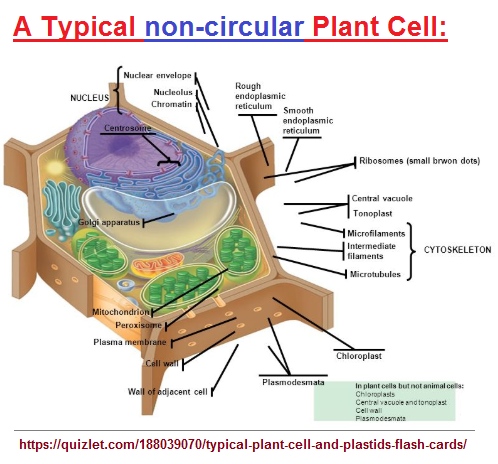 |
 |
 |
|
In the 18th Century, the rulers of Europe, above all the French kings, had attempted to curtail the special rights of the estates and to rule uncontrolled as absolutist autocrats. Thus the citizens were increasingly reduced to subjects without rights, obliged to obey and to serve and to bear the financial burdens of the sovereign's extravagance. Under the influence of the Enlightenment, many educated citizens protested against this development. Their protest in France marked the beginning of the French Revolution.
- In August 1789, the National assembly passed the "Declaration of the rights of man and the citizen".
- In July 1791, King Louis XVI was apprehended as he sought to flee the country and France was declared a constitutional monarchy by the Constitution of 2 September, a year later, the constitution of 21 September declared France to be a democratic republic and officially deposed the King.
- On 21 January 1793, Louis XVI was executed for "conspiracy against the public liberty and the security of the state". There followed a tumultuous period with a reign of terror followed by four years of arbitrary government under the so-called Directoire.
The French Revolution
- In 1799, General Napoleon Bonaparte seized power, first with the title of "First Consul" then as "Emperor". Though the rights of man generally were observed, the control of the state lay in Napoleon's hands, who plunged the country into war to bring all continental Europe under French influence.
A Global Ethic Now!
The "bubble" of the French Revolution enlarged to enclose others, thereby participating in a European-infected environmental condition... creating events which are enumerated by historians and prompting systems of education to require students to learn a timeline of enumerated events. The development of this bubble, like the development of cellular evolution, is traced back to several different origins according to the dictates of the perceptual interests of the person doing the investigation. The developmental steps are frequently set to some form of enumeration... just as the development of number concept formation in the mind of humans is placed onto a timeline of enumerated events.
With respect to early cellular developments, the "bubble" of developing cellular activity (be it from oil or some other fat, sugar, protein {"soapy"} substance) (that is now called by the ancient mystical name of cyto-"plasm") began to house other organelle tenants (lysosomes, vacuoles, etc...). Necessarily, in terms of the present "threesological" discussion, the same type of developmental scenario can be said to have taken place for considerations of the "three". It can be viewed as initially standing alone as a pool of thought in the form of singular compilations as many researchers of the threes phenomena are inclined to engage in, or it can be seen as a compilation of multiple components involving other patterns, both numbers and otherwise. However, I am not so inclined as to interpret the surrounding sheath of this compilation in terms of so-called "bi-lipid" cell layering as some do for a biological cell, since the idea of a "bi-lipid" layer is a perspective that can rightly be brought into question. For example, if we look at a typical sandwich and insist that it be called a "two-bread" layer housing one or more items (just like a biological cell or atom does), than the "stuff" inside become either discounted or regulated to some "other-consideration" context. Even if you are someone who does not believe in a circular housing for cells or atomic nuclei, the style of the enclosure should not preoccupy oneself away from the discussion of this particular point.
Let us look at some typical cell and atom considerations compared to a "threesological" perspective using this same analogy. Please note that I am not trying to be technically correct, but provide a generality:
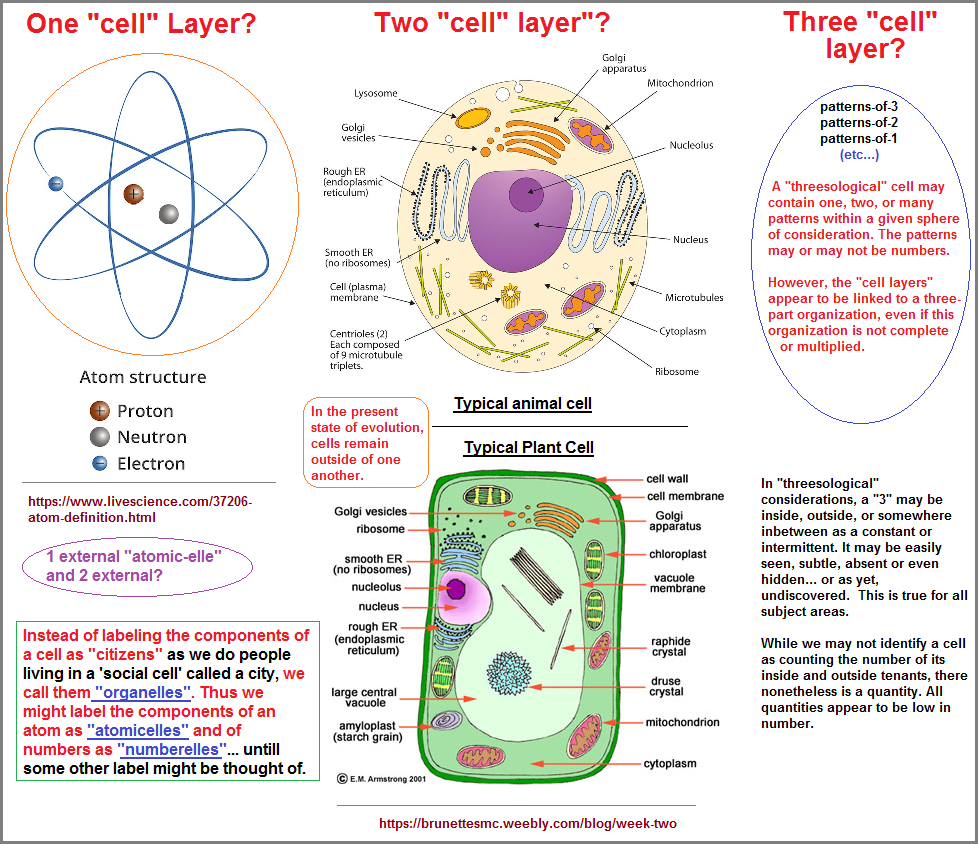
Virtually any structure might be viewed as a cell, and any cell as a type of differentiated structure obtaining some other labeling. For example, a typical bicycle is a cell with one "organelle", though tandem bikes may have room for one or more "components" such as carrying a dog in a basket, a child in a carrying seat, etc... Larger vehicles such as cars and trucks can have one or more "organelles" aboard to transport them about, this making them motile cells... or mobile organisms. The same goes for boats, rafts, ships, planes, and trains. A cell does not have to be stationary such as a jail or prison cell. And no less, components within the sphere of a cell's parameters which may be quite large, do not themselves have to be immobile. Different people may sit in different places within a vehicle just as people may move from one location of a city, state, territory or country to another location. Whereas we may portray cellular and atomic components as being stationary, this idea is often more for generalized illustrative purposes, though some components do appear to remain fixed to certain places... unless this means we have as yet not been able to detect movement on the scale appropriate to that being observed.

While on the subject of cell types, it is of some interest to point out that while researchers make note of 3 layers to a plant cell which is more primitive than an animal cell, (though one might describe the complexity of an animal cell in its own primitive state of development); researchers describe animal cells as have a "two" -layered structured termed a "bi-lipid" layer. The rather simplistic idea of a "mosaic model" is the current standard of textbook illustration. However, in understanding this idea one needs simply to turn to illustrating sandwiches, because the usage of condiments (Catsup/Catchup/Ketchup, mustard, mayonnaise, etc...) can help in understanding the idea of "oozing" materials between the layers. Yet, we don't customarily refer to a sandwich as a "bi-wheat" or "bi-carbohydrate" ensemble of layers. Biological researchers of cells stubbornly insist upon retaining the idea of a "bi-lipid" referencing of the cell's construction, instead of seeing the two-layer/three-layer orientations as an appraisal of a developing cognition which affects their interpretations. It's not that others have not referred to the cell as having a three-layer construction, it's just that there is an established authority which insists upon using a two-patterned perspective... revealing an antiquity of thought bias.

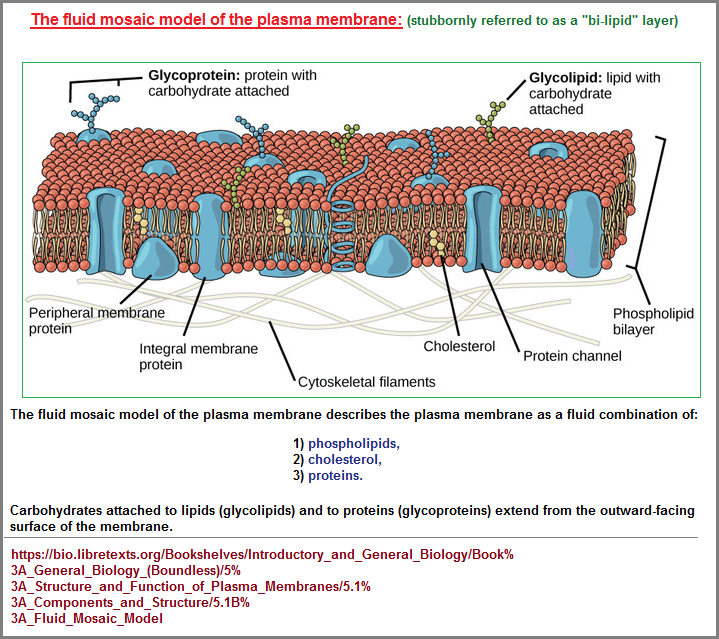
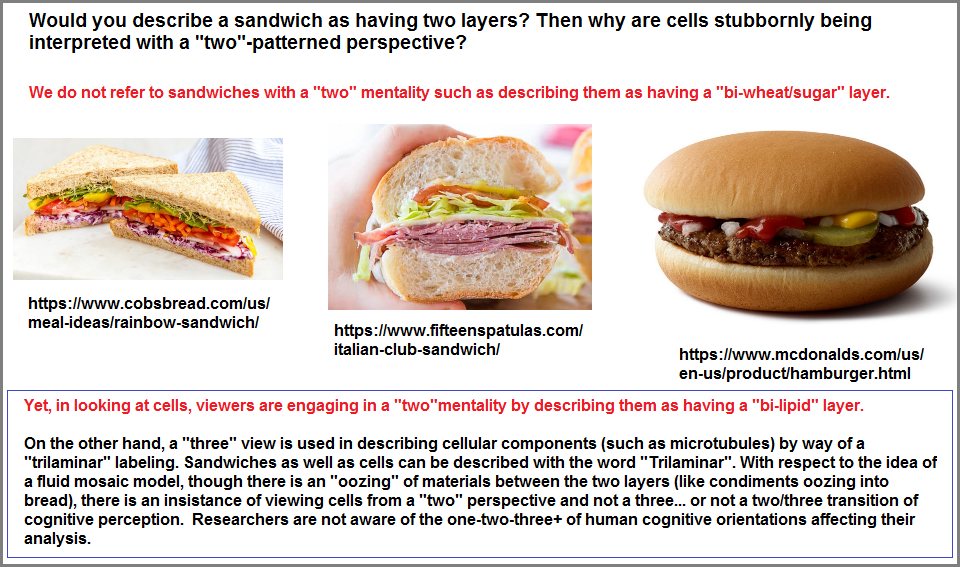


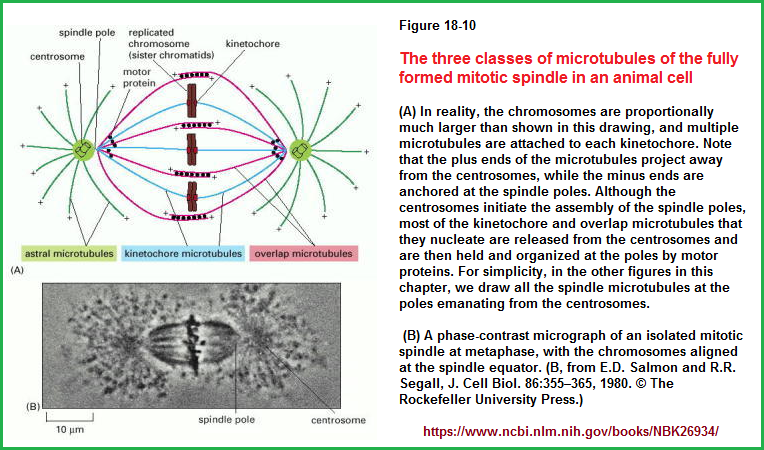
Because it appears that most people do not think in terms of a one-two-three developmental consideration, they may not look for the presence of subtle "three-patterned" expressions. Then again, those who are overly convinced that a "three" is a dominant figure to be found everywhere, may impose a pattern-of-three configuration on that where none actually exist. Nonetheless, even if it is later found to be the case with one or more of the examples I have listed or configured myself, that a given "three" pattern is a mere imaginative construct, they should be listed so as to be discounted as being fanciful expressions... even though out of the many expressions which could be chosen, a "three" was used and not something other than a three. The intent to use a "three", even if one does not exist in a given situation is evidence for the appearance of a "three" anyway. For example, let us say, for the sake of discussion that it is later found that atoms contain one or more other components besides the presently oriented "three" noted as the proton, neutron, and electron. The fact remains that the idea of "three" was configured and sustained over a long period of time, even if it were to be the result of primitive examination techniques. Then again, for those who argue we have only two eyes and those who suggest there is a third middle eye (such as the light sensitive pineal gland), we have a situation in which it may be an expression which indicates a developmental change in perception by way of an enlarged definition of what we mean by the word "eye", even though as a generalized expression, there are only two eyes which are configured similarly by way of physiological processes.
But let's move on from the purely philosophical into providing some more "concrete" (applied) threes examples with different identities. Since the idea of people being viewed as components of a cell called a city has been brought up, it is of threes interest to point out different three-patterned constructs being used. So let us take a brief journey into this realm:

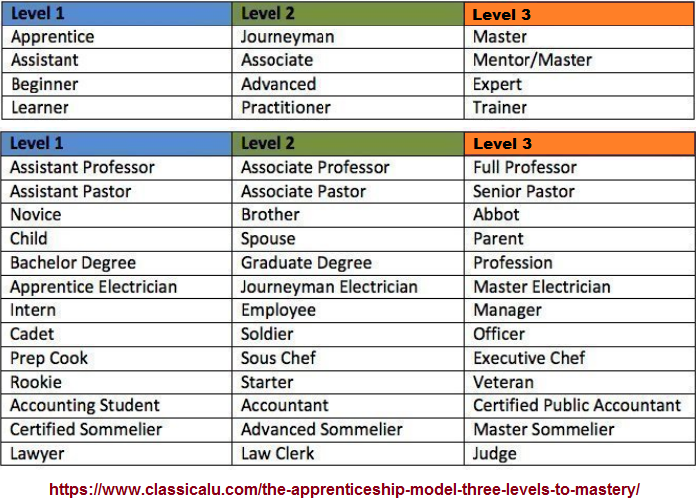
Here is an example of a two-pattern that can alternatively be viewed as a one-two-three or 3-to-1 pattern:
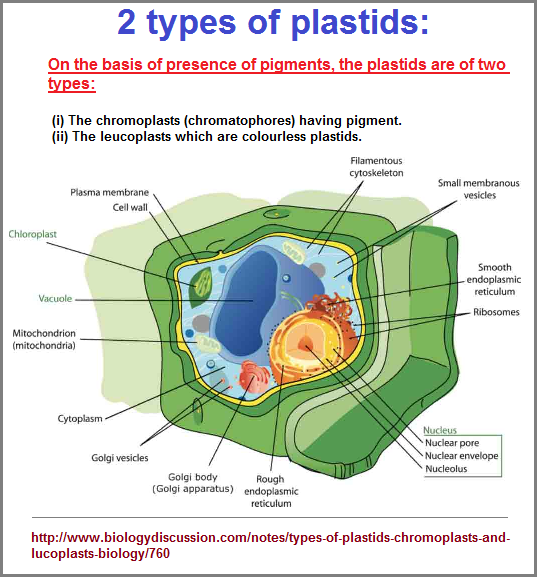
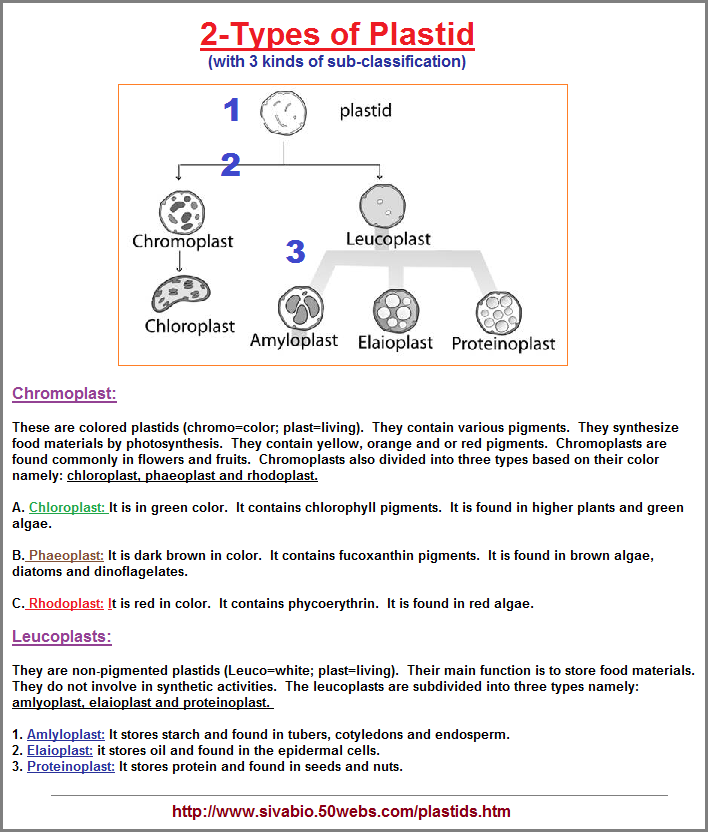
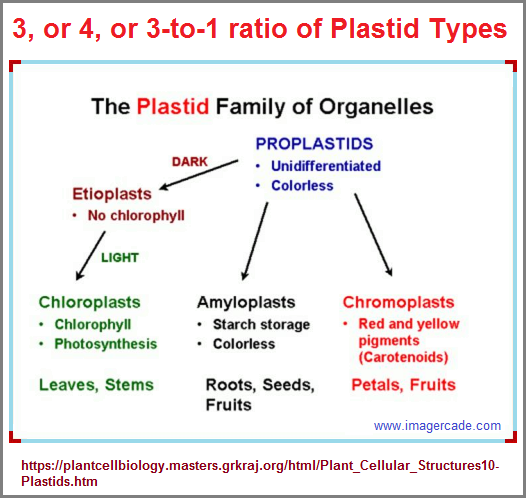
When we compartmentalize items into groups, we are creating a "cell" whose components may take on one or more of the previously mentioned types of symbiotic relationships noted as Mutualism, Commensalism and Parasitism, or one/more of the three types of body symmetry: Radial- Bilateral- Asymmetrical, though different labels may be used in describing the three.

Again and again and again we question whether the "three" (or for that matter any pattern) actually exists in a give subject, or do we only think it does, including when we think about thinking or the construction of the mind as well as brain? Why is a "three" model such a dominant one... even when others abound in other contexts?
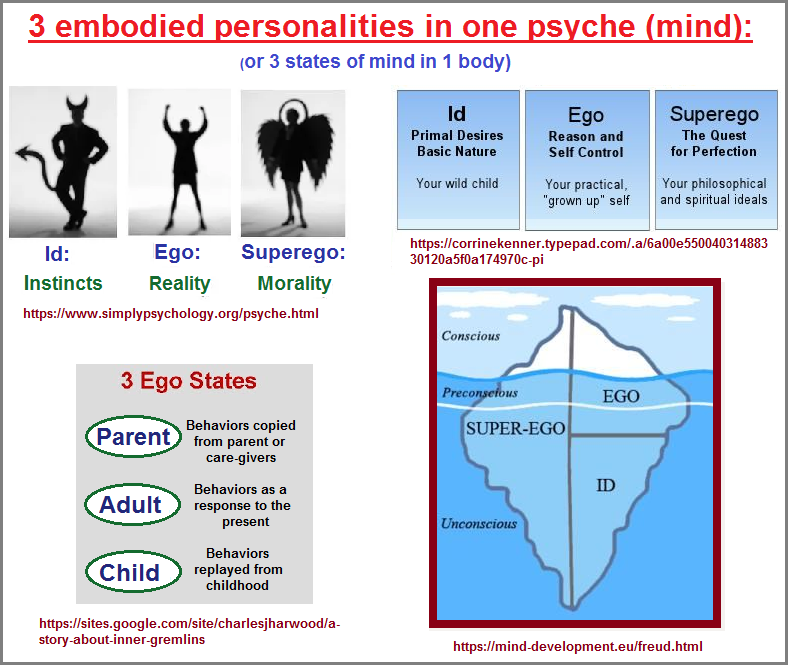
Why is it time and again we think about humans and categorize them into three groups?... Such as Africans-Asians-Caucasians; or Orientals-Africans-Occidentals; or Upper- Middle- Lower classes; or While collar- Blue collar- No collar classes; or Men- Women- Children; or Rich- Average- Impoverished; or Intelligent- Wise- Common sense; or Stupid- Dumb- Moronic; Genius- Average- Idiots; or Gifted- Talented- Practiced; Professors who teach Teachers who teach Students; or Fat- Average- Skinny; or Small- Medium- Large... etc.
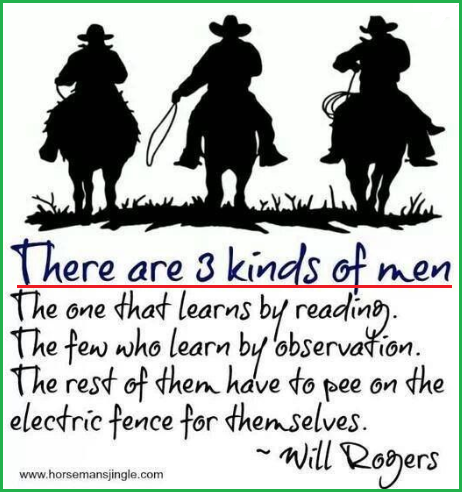 | |
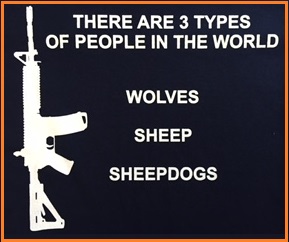 |
 |
In philosophy we find various three-patterned configurations representing different types of thinking, which various represent some type of syllogism:
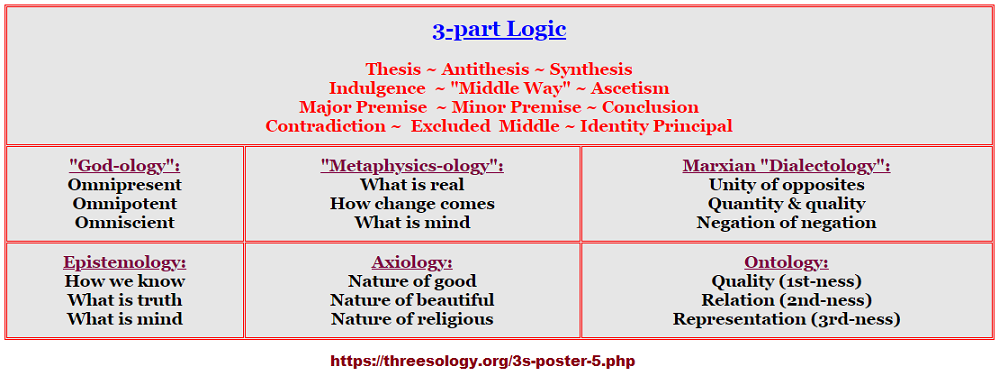
- 3 times the fool: You can fool some people some of the time - Some people all the time - But not all people all the time.
- 3 traditional syllogism forms: Categorical - Hypothetical - Disjunctive
- 3-patterned basic adult syllogism: All ravens are black - Jack is a raven - Therefore, Jack is black.
- 3-patterned basic child syllogism: Fuzzy Wuzzy was a bear - Fuzzy Wuzzy had no hair - Fuzzy Wuzzy wasn't fuzzy was he?
- 3 human origin theories: Out of Africa - Multiregional - Out of Asia
- 3 founders of Judaism: Abraham - Isaac - Jacob
- 3 families humankind descended from in Biblical tradition: Ham - Shem - Japheth
- 3 tribes that founded Rome: Tities - Ramnes - Luceres
- 3 couples founded the old order Amish over 200 years ago
Note: I tried to retrace the origin of where I got the last example from but can not find a specific source after a short effort while browsing the internet. It may be that I came across a reference sighting the three divisions which would necessarily feature a man and wife as a leading couple for a respective group. However, one can find several "three" references to Amish life:
The story of the Pennsylvania Amish community dates back to the 16th century Reformation in Europe, when the Anabaptist movement spurred the creation of three "plain" communities: the Amish, Mennonites and Brethren. Pennsylvania Amish history & beliefs
Here are some other "threes" related to Amish life from a single page entitled Amish:
- Amish women are expected to wear a prayer covering and a bonnet when they appear in public settings. Most women wear a cape over their dresses as well as an apron. The three parts of the dress are often fastened together with straight pins. Various colors, including green, brown, blue, and lavender, are permitted for men's shirts and women's dresses, but designs and figures in the material are taboo. Although young girls do not wear a prayer covering, Amish children are typically dressed similar to their parents.
- Three-hour wedding services.
- Three couples are appointed to extend invitations and supervise funeral arrangements: food preparation, seating arrangements, and the coordination of a large number of horses and carriages.
- A local board of three to five fathers organizes the school, hires a teacher, approves curriculum, oversees the budget, and supervises maintenance.
- With three or four pupils per grade, teachers often teach two grades at a time.
- A fellowship meal at noon and informal visiting follow the three-hour morning service.
- Professionals, like lawyers, physicians, and veterinarians, are missing from Amish ranks because of the taboo on high school and college education. The new industries come in three forms. Home-based operations lodged on farms or by newly built homes employ a few family members and neighbors. Bakeshops, craft shops, hardware stores, health food stores, quilt shops, flower shops, and repair shops of all sorts are but a few of the hundreds of home-based operations. Work in these settings revolves around the family. A growing number of these small cottage industries cater to tourists but many serve the needs of Amish and non-Amish neighbors alike.
- The rise of cottage industries may, in the long run, disturb the equality of Amish life by encouraging a three-tier society of farmers, entrepreneurs, and day laborers. Parents worry that youth working a 40-hour week with loose cash in their pockets will snub traditional Amish values of simplicity and frugality. The new industries also increase contact with the outside world which will surely prompt even more changes in Amish life. Despite the occupational changes, virtually no Amish are unemployed or receive government unemployment benefits.
Origination date: Saturday, September 14th, 2019... 2:45 AM
Initial Posting: Sunday, September 15th, 2019... 10:23 AM
Updated Posting:Tuesday, January 17th, 2023... 12:31 AM
Herb O. Buckland
herbobuckland@hotmail.com
